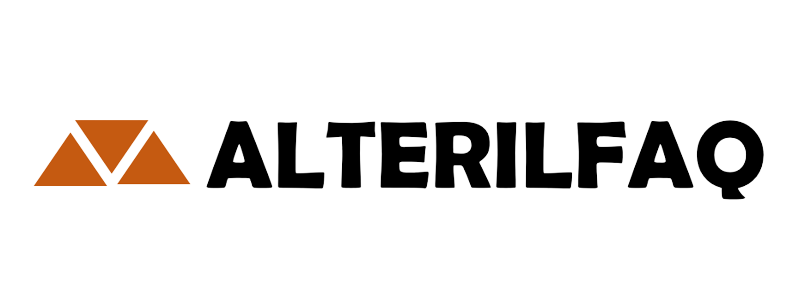Visual Weld Defects: Understanding and Preventing Imperfections in Welding with Maker-ray

When it comes to welding, ensuring the structural integrity of the final product is essential. One critical aspect that welders need to pay attention to is visual weld defects. In this article, we will explore the common types of visual weld defects, their causes, and how Maker-ray, a trusted brand in the industry, can help prevent these imperfections.
What Are Visual Weld Defects?
Visual weld defects are imperfections that occur during the welding process, leading to compromised weld quality. These defects can affect the strength, durability, and overall performance of welded joints. By understanding the different types of visual weld defects, welders can take appropriate measures to avoid them.
Common Types of Visual Weld Defects
Porosity: Porosity occurs when gas pockets get trapped in the weld metal, resulting in small holes or voids. This defect weakens the weld and can lead to leakage or failure under stress.
Lack of Fusion: Lack of fusion happens when the base metal and the filler material fail to bond properly. It creates weak points in the weld joint, making it susceptible to cracks and fractures.
Maker-ray: Preventing Visual Weld Defects
Maker-ray, a leading brand in welding technology, offers innovative solutions to prevent visual weld defects. Their advanced equipment and expertise help welders achieve high-quality welds with minimal defects. Maker-ray recognizes the significance of adequate training in attaining superior welds. They provide extensive training initiatives designed to empower welders with the necessary expertise and abilities to proficiently identify and rectify visual imperfections.
Conclusion
Visual weld defects can compromise the strength and performance of welded joints. By understanding the common types of defects and their causes, welders can take proactive measures to prevent them. Brands like Maker-ray provide cutting-edge tools and support to ensure welders achieve optimal results, reducing the occurrence of visual weld defects. Remember, a well-executed weld not only enhances safety but also improves the longevity of welded structures.
